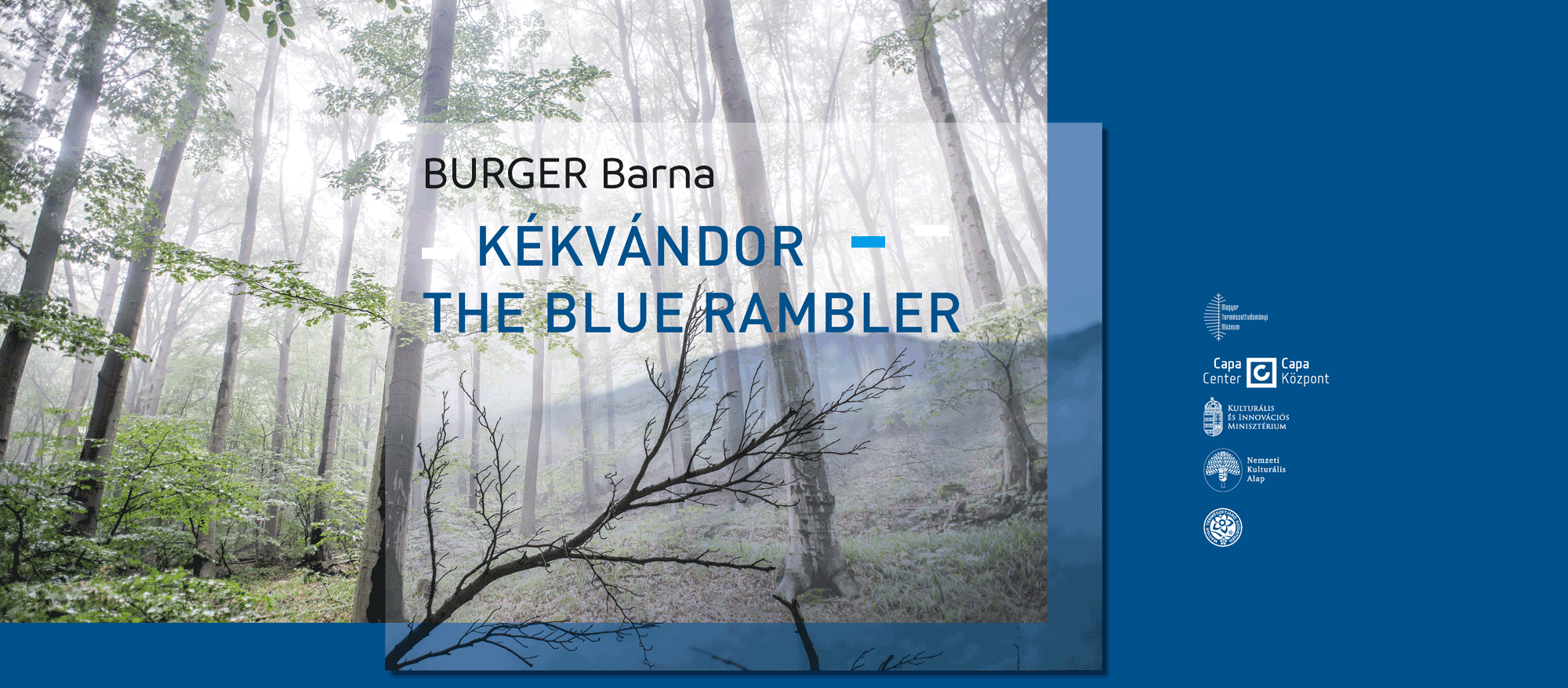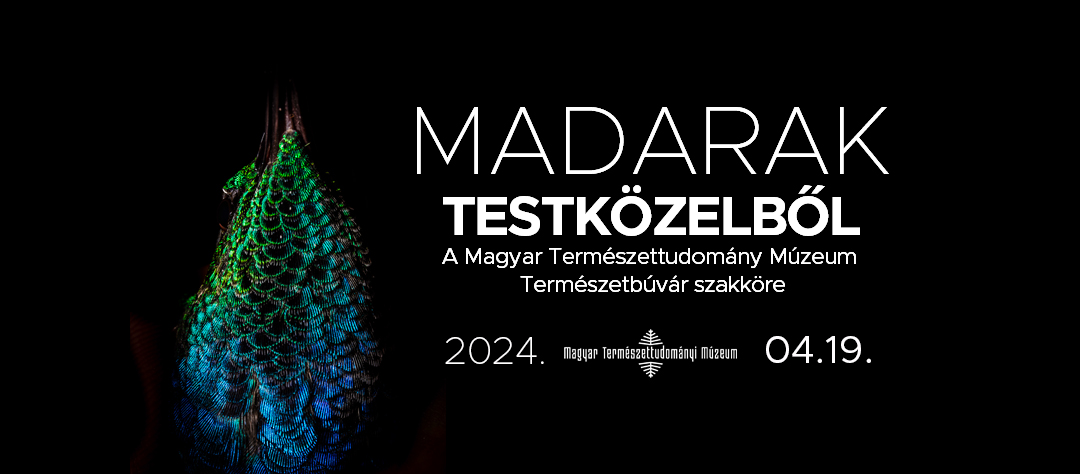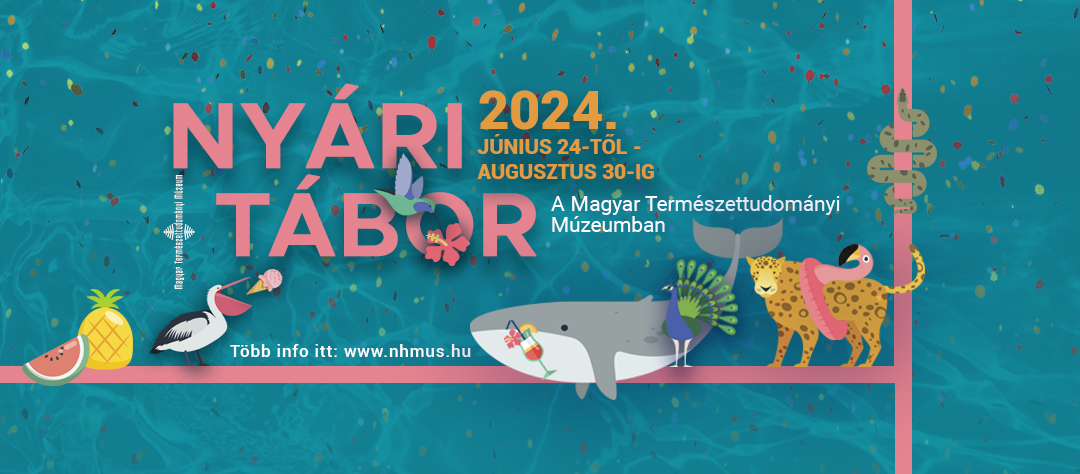By our exhibition Mummy World, we learnt that human mummies have already been found in every part of the world, even in Hungary. However, animals are also retained for posterity to let us gain insight in the astonishing everyday life of the olden wildlife.
A Siberian gold digger, Alekszej Logacsev was going to leave for gold panning in the valley of a smaller river Kirgilijak 23rd, June, 1977. But he found a much more valuable treasure than gold: a mammoth calf. The small male animal was named after a nearby creek, Gyima. Although the mummified body was 49,5 kg, the real weight of the living animal could have been about 100 kg. He was no more than 100 cm tall and according to his teeth, 7 months old. He died about 40 thousand years ago.
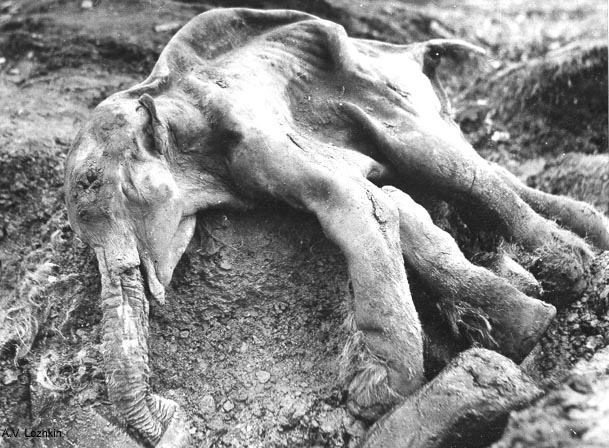
Gyma, after he was found (source: Wikipedia)
After running anatomical and biochemical tests, the researchers determined that the mammoth’s death had been caused by suffocation, as clay was found in the lungs. The animal must have fallen in a glacier split or a pit filled with mud. Researchers assume Gyima lived a few days after the accident and tried to get himself free out of the nature trap. The complete lack of body fat under the skin also proves that his struggle devoured all of his energy. On his body, there were no signs of injuries that could have been caused by predators or scavengers. It implies that his mother must have guarded him, or she may have even tried to rescue him as the elephants do many times in our days.
Since his discovery, Gyima has been travelled around the world. He has already been exhibited in Japan, Germany, USA and even here in Budapest. In the Ice Age exhibition of the Hungarian Natural History Museum in 2008, the small mammoth mummy was the most popular exhibit.
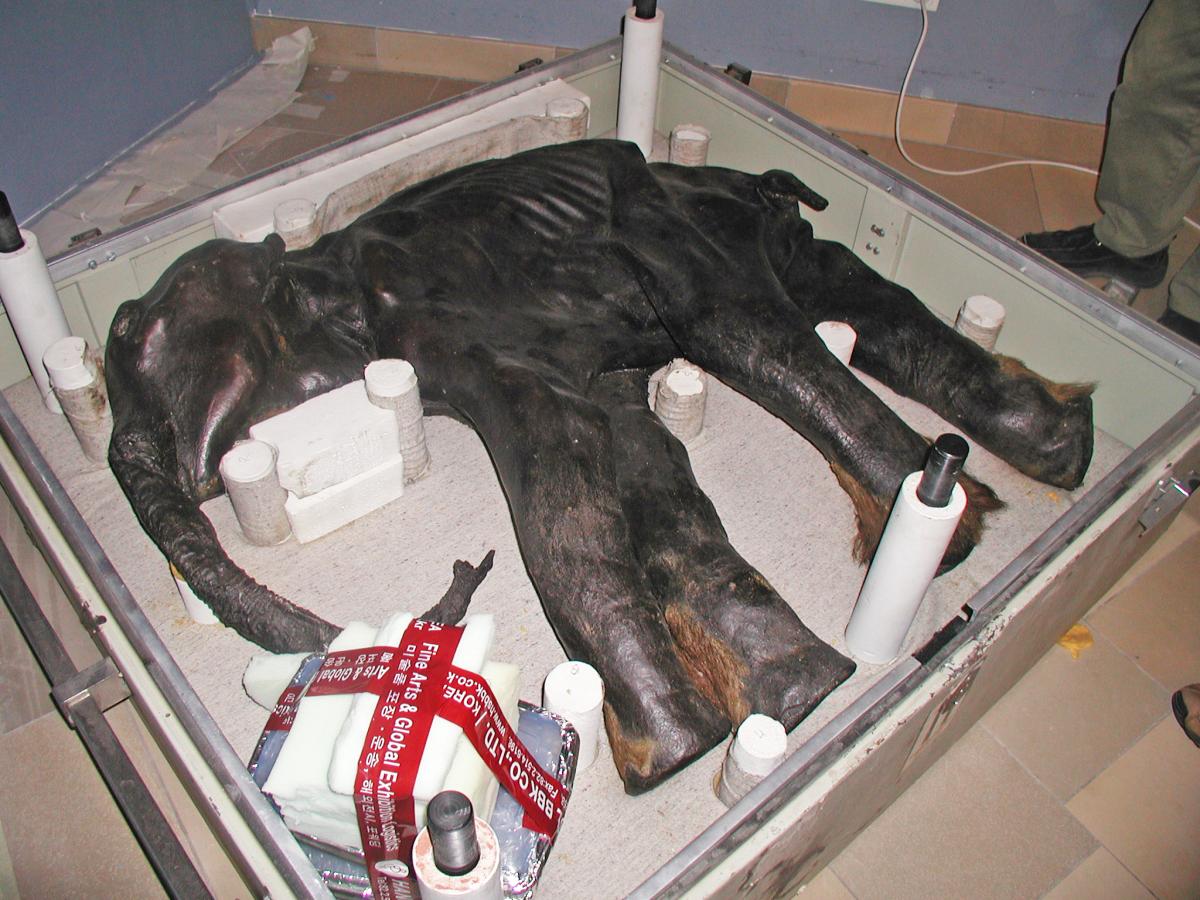
Unpacking of Gyma in the Hungarian Natural History Museum in 2008 (photo: HNHM)
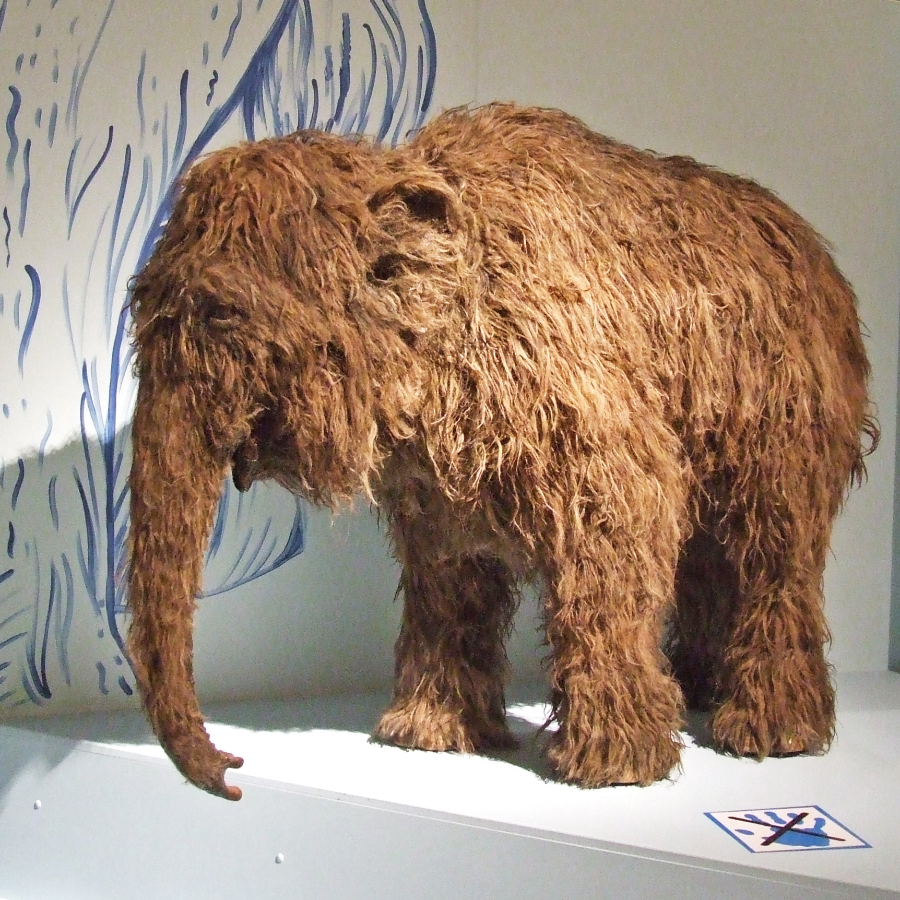
The reconstruction designed about Gyima is a remarkable object of the permanent exhibition of our museum (photo by HNHM)
Gyima is still one of the best preserved prehistoric animal mummies. Only the mammoth calf, which was found by a reindeer herder in the Yamal Peninsula (North Siberia) in 2007, has better condition. Yhurdi Khudi, the finder, named her Ljuba, after his wife. The physique of this female mammoth looks like Gyima’s, however, her geological age is younger. According to experts’ presumption the mummy could be about 10 thousand years old.
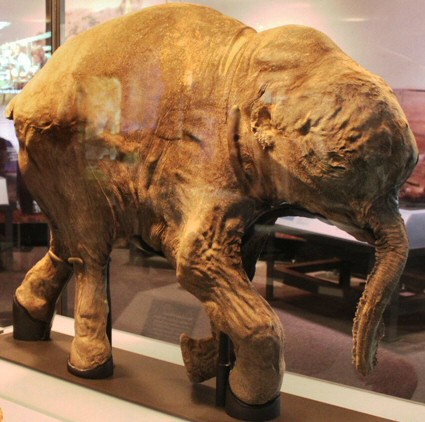
Ljuba in the Field Museum, Chicago (photo: Wikipedia)
Apart from Ljuba and Gyima, we know about several dead bodies ”frozen in ice”, but the majority of these cases are no more than reports or older notes. The findings and evidence of their existence were destroyed to science and posterity. We are aware of nearly 60 cases of woolly mammoths and woolly rhinoceroses when the hair, skin, flesh and other parts of the bodies also remained beside the bones. However, frozen carcasses of other animals, such as prehistoric horses, moose, ancient bison, muskoxen, ground squirrels, pikas and wolves have also been found, and some of them were preserved well enough to become spectacular exhibits.
The world famous ”Berezovka mammoth” was found by an expedition group, led by Otto Herz and Eugen Pfzenmayer, the two zoologists of the Russian Imperial Academy of Sciences in St. Petersburg, in 1901. The animal was a 35-40 years old male adult, the death was caused by suffocation as was in the case of Gyima. According to scientific investigations, the Berezovka mammoth could have lived 29-33 thousand years ago. The large mounted carcass is still the most interesting exhibit of the Museum of Zoology, St. Petersburg (Gyima is preserved by the same institution, as well).
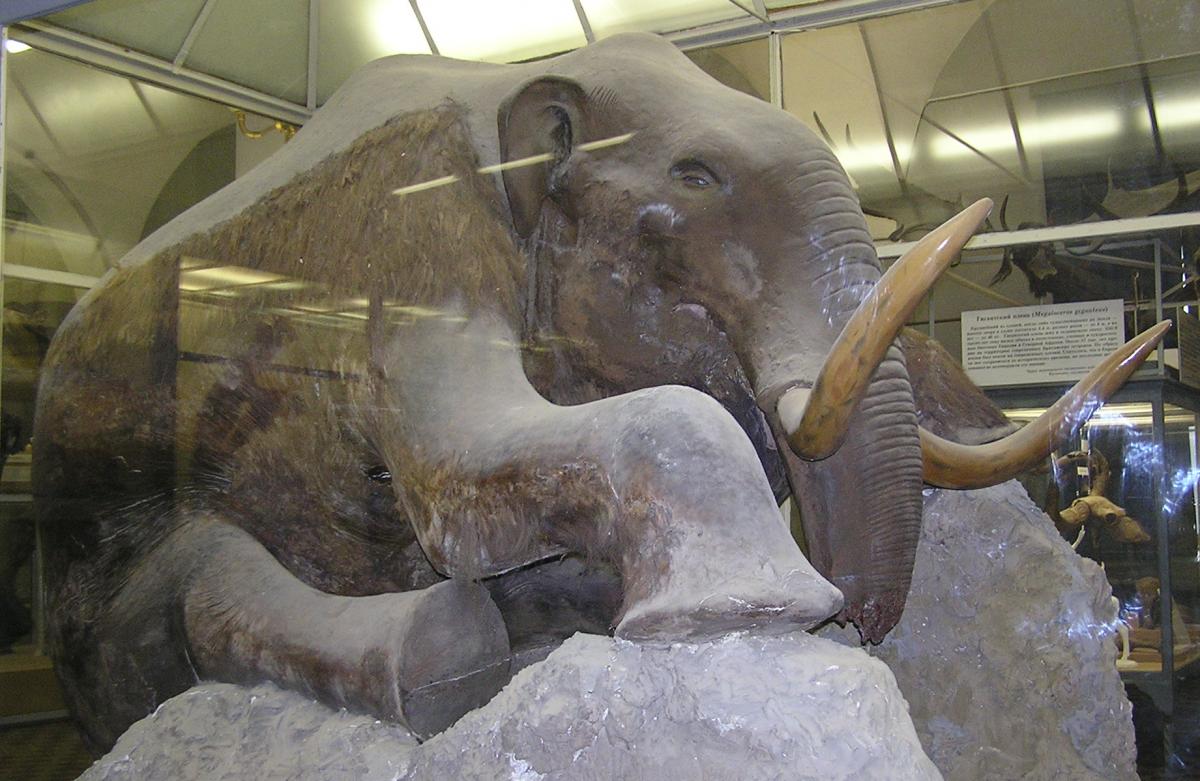
The large „Berezovka mammoth” (photo: Wikipedia)
The remains of the first Selerikan horse were also excavated in Siberia in 1968. They were found by gold diggers in a mine about 9 metres under the surface. The tail and the two hind legs of the dead body were hanging down the top of the mine tunnel, and the miners used one the legs for suspending their lamps. Although the major part of the body was destroyed by a later detonation, researchers ascertained that the carcass had been mangled previously. Implying to the injuries of the neck skin, the horse, similarly to Gyima, must have stuck in mud and the head of the dead animal was gnawed off by an ice age predator or scavenger.
The same happened to the carcass of the Bison priscus, found at Pearl Creek in Alaska, 1979. In this case the bite marks undoubtedly prove the consumption by predators. The bison was also noticed by a gold digger, Walter Roman, who named it Blue Babe after its colour caused by blue iron phosphate, that covered a large part of the specimen and a mythical ox that was called ”Babe”. The mounted animal is exhibited near to the locality where it was found, in the University of Alaska Museum in Fairbanks.
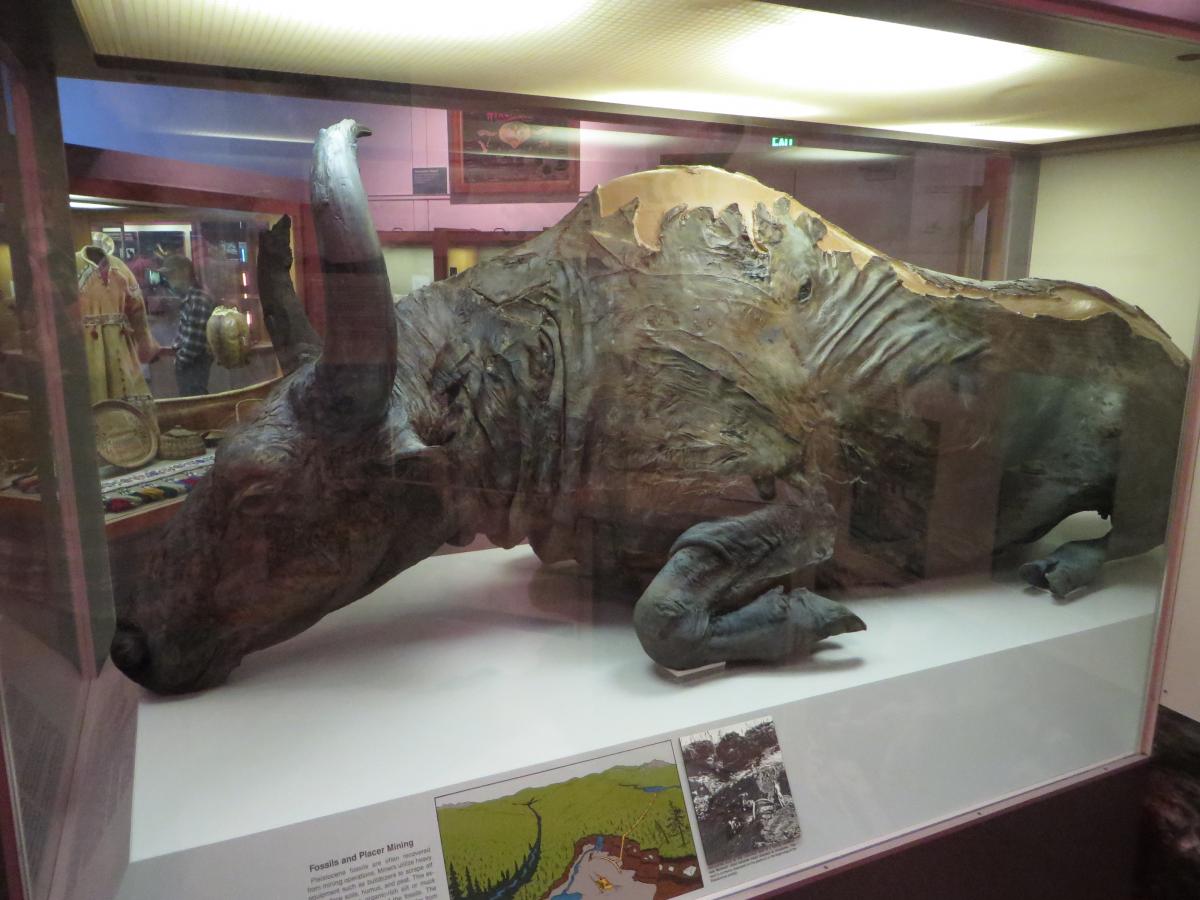
Blue Babe, the steppe bison in the University of Alaska Museum (photo: Wikipedia)
The prehistoric animal mummies have stories as well as the human mummies. They let us know about their life, habits and death, and with the help of science, we can gain insight of bygone eras that will never ever return.
Writer: Mihály Gasparik
Editor: Szabolcs Simó
Translator: Bernadett Döme

